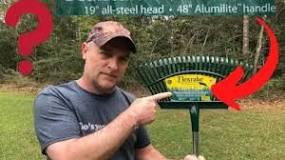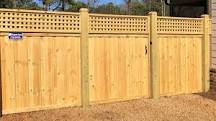So, how many feet of snow can a roof actually hold? The answer isn’t straightforward, but generally speaking, most roofs can support about 20 to 40 pounds per square foot of snow. This means that depending on the type of snow—light and fluffy versus heavy and wet—you could be looking at anywhere from 1 to 3 feet of snow before things get dicey.
Understanding Roof Load Capacity
When it comes to snow loads, there are a few factors to consider:
Roof Type Matters
Different roofs have different designs. For instance:
- Flat roofs tend to hold more snow because they don’t have the benefit of gravity helping to slide it off.
- Sloped roofs, on the other hand, allow snow to slide off more easily, which can reduce the load.
Snow Density
Not all snow is created equal. Here’s what you need to know:
- Light, fluffy snow weighs about 5 pounds per cubic foot.
- Wet, heavy snow can weigh up to 20 pounds per cubic foot or more.
This means that a couple of feet of light snow might be manageable, while just a few inches of heavy snow could push your roof over its limit.
Building Codes and Design
Most homes are built with specific load capacities in mind, often based on local building codes. These codes take into account average snowfall in the area. If you live in a place that gets hit hard by winter storms, your roof is likely designed to handle more weight.
Signs Your Roof Might Be Overloaded
Keep an eye out for these red flags:
- Sagging ceilings: If your ceiling looks like it’s bowing under the weight, that’s a major warning sign.
- Cracks in walls or ceilings: These could indicate structural stress.
- Popping noises: If your house sounds like it’s creaking under pressure, it might be time to clear some snow off.
What To Do If You Have Too Much Snow
If you suspect your roof is overloaded:
- Clear the Snow: Use a roof rake to gently remove excess snow from the edges. Be careful not to damage your shingles.
- Call a Professional: If you’re unsure or if the situation looks serious, it’s best to get an expert opinion.
Summary
In summary, while most roofs can handle between 1 to 3 feet of snow, this varies based on several factors including roof type, snow density, and local building codes. Always keep an eye on your roof during winter months and take action if you notice any warning signs. Your home’s safety is worth it!
FAQ
How can I tell if my roof is overloaded with snow?
Look for sagging ceilings or cracks in walls. If you hear popping noises or see any structural damage, it’s time to act.
Is it safe to remove snow from my roof myself?
If you’re comfortable using a roof rake and taking precautions, it can be safe. However, if your roof is steep or if you’re unsure, calling a professional is the best bet.
What should I do if my roof collapses from too much snow?
If your roof collapses, evacuate the area immediately and call emergency services. Safety first!
How often should I check my roof during winter?
It’s wise to check your roof after heavy snowfall or storms. Keeping an eye on things can help prevent bigger issues down the line.







